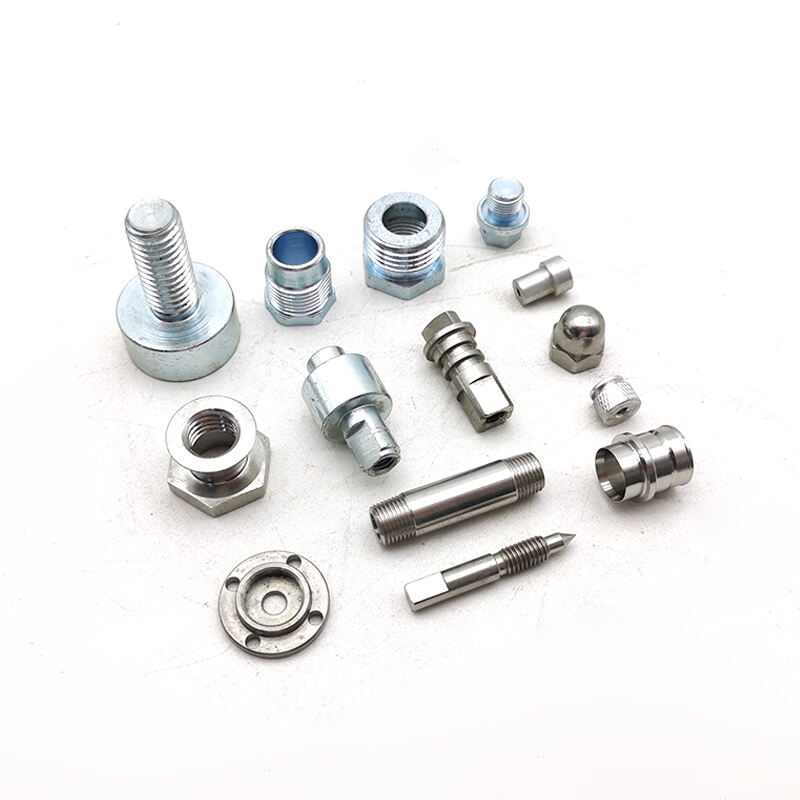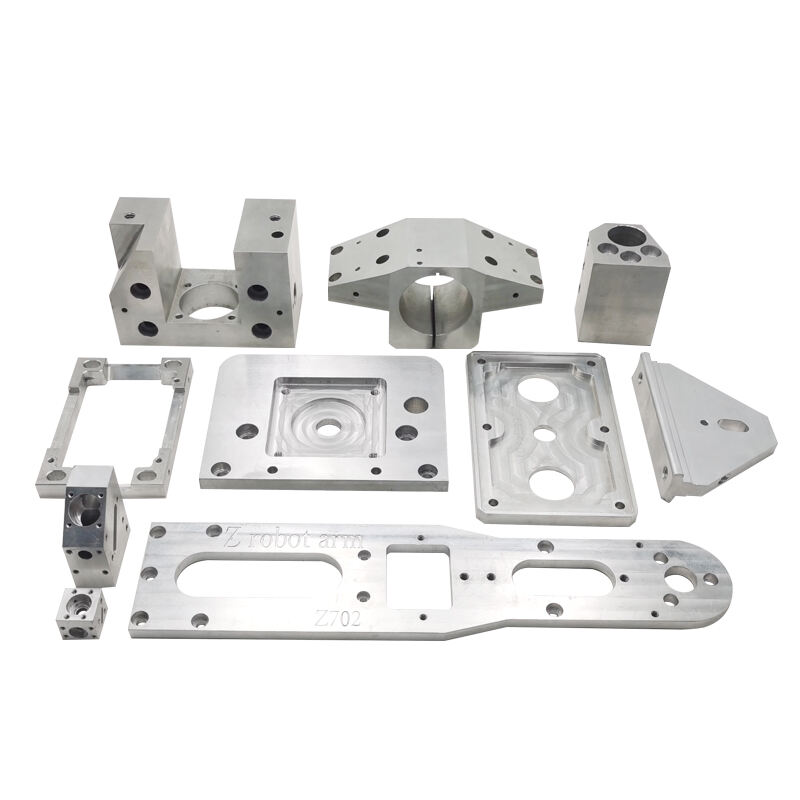precise component machining
Precise component machining represents a sophisticated manufacturing process that delivers exceptional accuracy and consistency in producing complex parts. This advanced methodology combines state-of-the-art CNC machinery with precision measurement systems to achieve tolerances as tight as +/- 0.001mm. The process encompasses various techniques including multi-axis milling, precision turning, and advanced surface finishing, all controlled by computer-aided manufacturing systems. These systems ensure repeatable quality across production runs while maintaining strict dimensional accuracy. The technology enables the production of intricate components for industries ranging from aerospace and medical devices to automotive and electronics manufacturing. Modern precise component machining facilities utilize automated tool management systems, real-time quality control monitoring, and advanced material handling solutions to maintain consistent quality throughout the manufacturing process. This comprehensive approach allows for the creation of complex geometries, tight tolerances, and superior surface finishes that meet the most demanding specifications. The process is particularly valuable in applications requiring high-performance components, where material integrity and dimensional stability are crucial for operational success.

